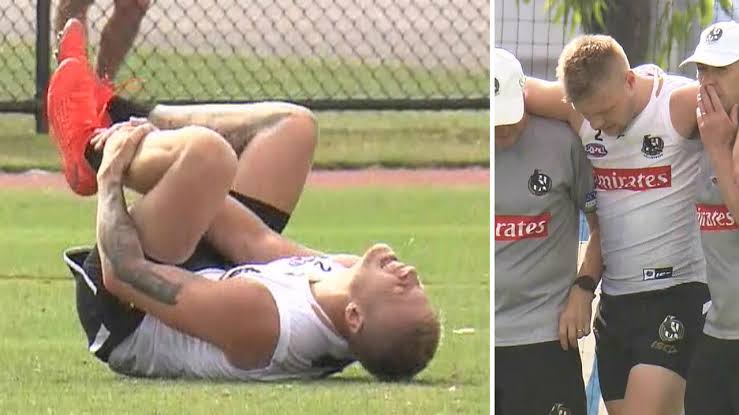As both teams continue to develop and strengthen their squads, it’s evident that the AFL trade battles between Melbourne and Collingwood will remain a key narrative in the league’s ongoing story.

The rivalry between Melbourne and Collingwood in the AFL is legendary,
steeped in history and filled with passionate supporters who remember every
twist and turn. Among these supporters is a particular Melbourne fan who has
a deep grudge against one player in particular: Jeremy Howe. Unlike most
older Demons fans, who recall the intense rivalry between the two clubs
through their historic Grand Finals, this fan’s animosity is directed at Howe
for a much more recent reason — his switch from Melbourne to Collingwood.
Howe’s departure from the Demons stirred emotions, not only because of the
nature of the transfer but also due to the role he was given at Collingwood,
which seemed to mirror the plans the Demons had for him. As a high-flying
forward at Melbourne, Howe was an exciting player who left a mark on the
club’s top 100 goal-scorer list. Yet, when he made the move to the Magpies, he
found himself slotted into a completely different position — as a high-flying
defender. This role at Collingwood brought him greater success: he earned
multiple Mark of the Year nominations, played a crucial part in the team’s
premiership win, and is now a Top 100 games player for the Magpies.
While Howe played 100 games for Melbourne, kicking 80 goals, his time at
Collingwood has seen him play 152 games and kick only 23 goals, highlighting
a stark contrast in his role and impact on both teams. This shift in Howe’s
career is emblematic of the ongoing player exchanges between these two
historic clubs — a pattern that has seen a number of notable trades and
transfers over the years.
The relationship between Melbourne and Collingwood has seen many players
change allegiances, with some of the transfers becoming as significant as the
matches between the two teams. A standout trade in the early 1900s saw Les
Abbott make the rare move across five league clubs, including stints at
Collingwood, Carlton, Richmond, Melbourne, and South Melbourne. Abbott, a
fullback, became the first player in league history to play at five clubs and even
made appearances at VFA clubs like Port Melbourne, Brunswick, and North
Melbourne.
In 1908, Clarence Abbott made a direct move from Collingwood to Melbourne,
but his impact at both clubs was minimal, with just a handful of games to his
name and no goals scored at either club. Fast forward to more recent times,
and player swaps between the two clubs have included some of the biggest
names in the AFL, accompanied by hefty contracts and significant fanfare.
One of the most high-profile trades was Brodie Grundy’s move from
Collingwood to Melbourne. As a ruckman and forward, Grundy’s transfer was
seen as a tactical decision by Melbourne’s coach Simon Goodwin to support
Max Gawn and add depth to the forward line. Unfortunately, the partnership
did not work out, and Grundy soon found himself moving on to Sydney, with
Collingwood still picking up part of his wages.
On the flip side, the trade of Collingwood legend Peter Moore to Melbourne
stands as one of the more iconic swaps. A Brownlow Medallist in 1979, Moore
had an illustrious career at Collingwood with 172 games and 193 goals, but his
later years at Melbourne saw him add another Brownlow Medal to his trophy
case in 1984, further cementing his place in AFL history.
However, not all trades between the clubs have been as successful. One of the
more controversial moves came in 2003, when Shane Woewodin, who had
won the 2000 Brownlow Medal with Melbourne, was traded to Collingwood.
The trade sparked considerable debate, as Woewodin’s career at Melbourne
had been impressive with 138 games and 63 goals. He added another 62
games and 31 goals to his career at Collingwood, but his move still resonates as
a reminder of the volatility of AFL player transfers.
Other notable exchanges between the two clubs include Wayne Gordon, who
moved from Collingwood to Melbourne but tragically passed away from cancer
at a young age, and Dannie Seow, a half-back from Montmorency, who spent
time at both clubs in the late 1980s.
These trades illustrate the complex and ever-changing dynamics between
Melbourne and Collingwood. The rivalry between the clubs is fueled not just
by historic Grand Finals but also by the movement of key players, some of
whom go on to define their careers at their new clubs. As both teams continue
to evolve and build their rosters, it’s clear that the AFL trade wars between
Melbourne and Collingwood will remain a central storyline in the league’s
history.



